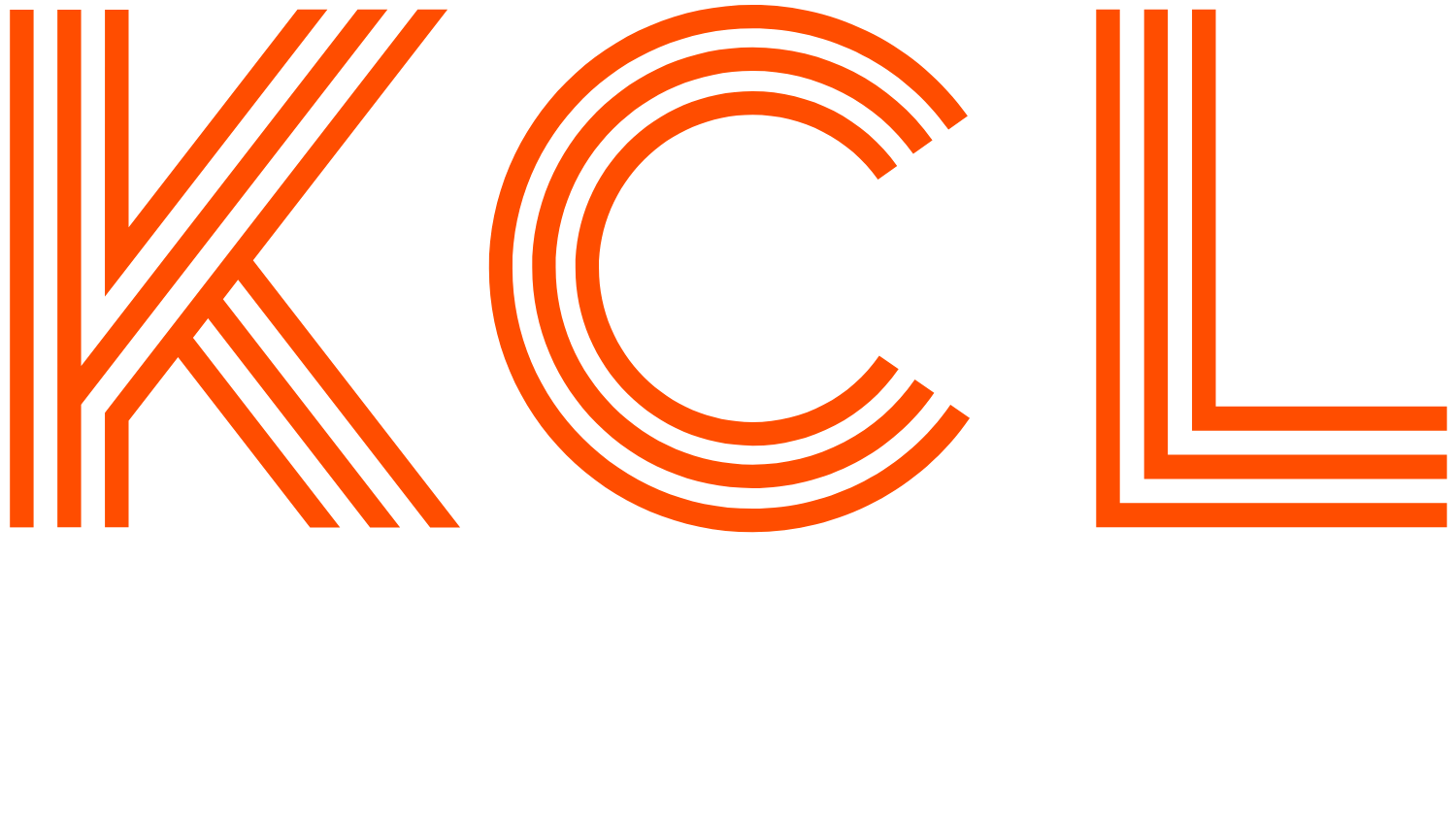When a monkey snatches a photographer’s camera and inadvertently snaps some amazing “selfies” – a slang term used to describe self-taken photographs – who owns the copyright in those photographs?
This has been the issue in dispute between British photographer David Slater and the US-based website Wikimedia Commons, an online repository of royalty-free images.
In 2011, Slater was in Indonesia photographing endangered crested macaque monkeys. One of the monkeys grabbed Slater’s camera and, curious about its own reflection and the sound of the camera, managed to take a number of selfies. Slater then sold the photos and one of them, a close-up, toothy grin of the monkey, went “viral”.
The photo was included on the Wikimedia Commons website along with a statement saying that the file was “in the public domain, because as the work of a non-human animal, it has no human author in whom copyright is vested.”
Slater, feeling aggrieved, asked for the image to be taken down or for compensation to be paid to him for its use but Wikimedia has maintained that Slater does not own the copyright in the images as he did not take the photos.
Authorship
Under copyright law, to attract copyright protection the work must have an “author”, who is usually the natural owner of any copyright. Generally speaking, the author of a work is the individual who brought it into existence, which seems straight forward enough. However, situations can arise, such as where works have been created by animals or computers, where it is difficult or impossible to identify a human author. In these situations, seemingly valuable works may not be subject to copyright protection.
If this had happened in Australia, who would be the owner of the copyright? Under the Copyright Act 1968 (Cth), the “author” of a photograph is the person who took the photograph and as such its natural or first owner. Unfortunately for the monkey in this case, the law does not consider animals to be persons.
But what about Slater? He has argued that he should be considered the author of the photograph, as without him and his camera that the monkey selfie would not have been taken. He has argued that the monkey essentially acted as his assistant in taking the photograph! However, because Slater did not actually take the photos and had no control over the monkey or the composition of the photos, he would be unlikely to be considered the author under Australian copyright law.
In an interesting development in the US, the US Copyright Office has published updated draft guidelines following the dispute. These include a statement that only works created by humans and not those created by nature, animals or plants, will be recognised as copyright works by the office. The guidelines include the example of a photograph taken by a monkey as something that will not be recognised.
Broader application?
Apart from monkeys taking selfies, does this issue have a broader impact? The answer is yes. One could envisage a number of possible situations where a camera could be used to take footage (still or moving) without the input of a human photographer determining when and what exactly to shoot. A person could set up a camera in position by a roadside and, program it to take photos of whatever is in frame at predetermined or random intervals. At 1.15pm on a sunny Wednesday the camera may take a great shot of an elephant walking into frame. There would be doubt as to whether the camera operator was actually in charge of the composition of any resulting photograph and therefore whether he or she was an “author” for copyright purposes.
As technology advances and photography and filming become more automated, this issue is likely to arise with increasing frequency. (And there’s always a possibility that your gifted family pet may compose a symphony, write a novel, or simply take a humble selfie!)
Another area where the absence of a human author can be an issue is in the context of computer generated works. Computers may automatically generate patterns, designs and other graphic material with visual appeal and commercial application. Further, and more critically, many businesses use software to produce documents for them, such as telephone directories, TV programme schedules and product safety data sheets.
Several Australian cases have held that despite the fact that necessary background data may be inputted by humans, if the software in question dictates the material form of the output, then the humans were not the authors and no copyright subsists in the documents produced.
In Telstra Corporation Ltd v Phone Directories Company Pty Ltd the issue was whether copyright subsisted in Telstra’s White and Yellow Pages. Although a number of employees were responsible for collecting the information and entering it into a database, it was the computer database that actually generated the form of the directories.
The Federal Court found that because the directories were compiled by an automated computer process and individual authors could not be identified, there was no author and therefore copyright did not subsist in the directories.
KCL Law’s copyright expertise
Copyright is an issue that affects most types of business and is not confined to the creative arts. KCL Law’s intellectual property experts Daniel Kovacs and Jeremy Goldman (both Principal Lawyers) have a vast amount of experience advising clients in protecting and enforcing rights in copyright materials across a broad range of industries, including publishing, e-commerce, fashion, entertainment and advertising.
This update was prepared by Daniel Kovacs Principal Lawyer.
Note: This update is a guide only and is not intended to constitute legal advice.
